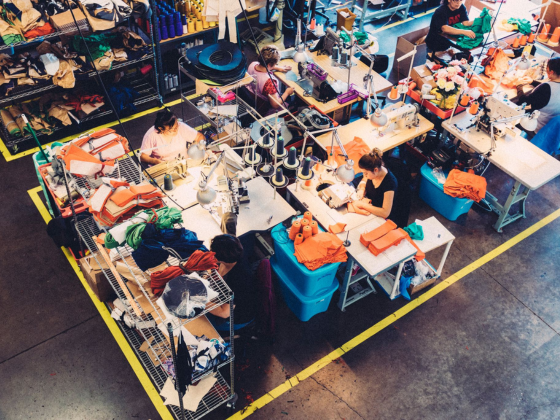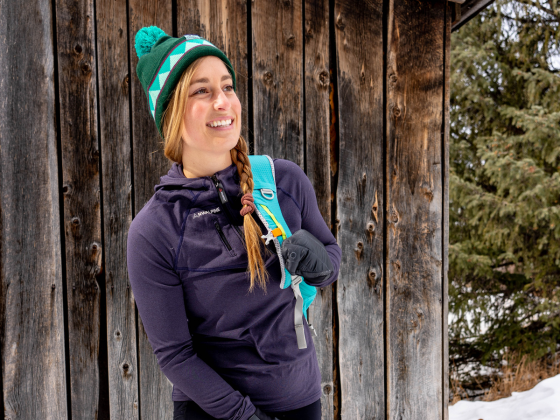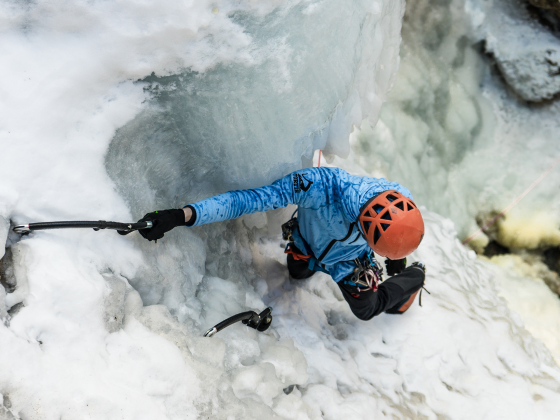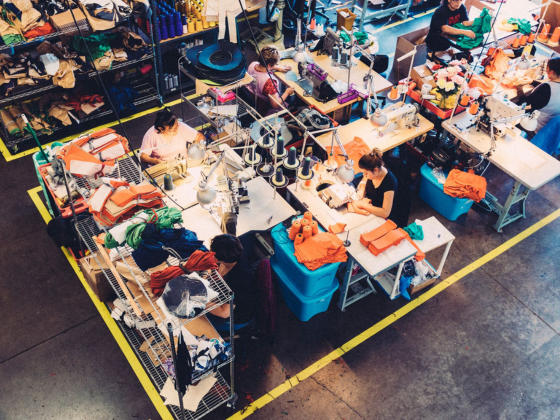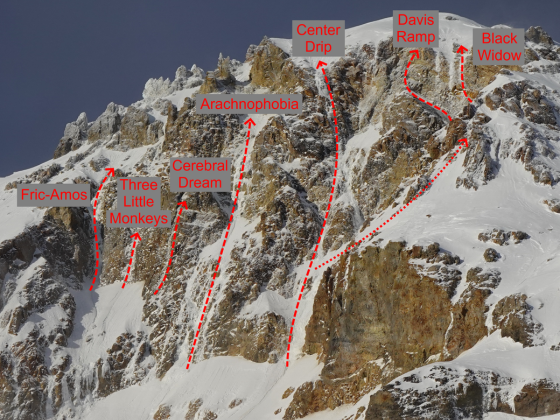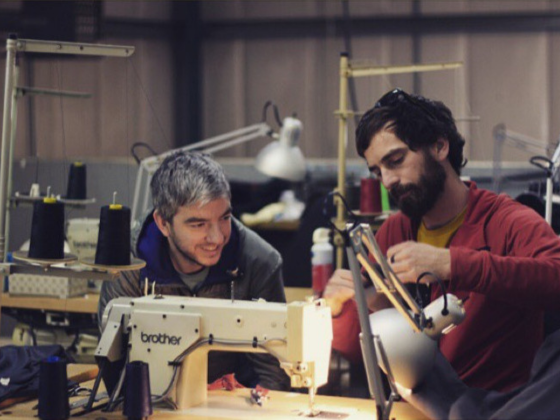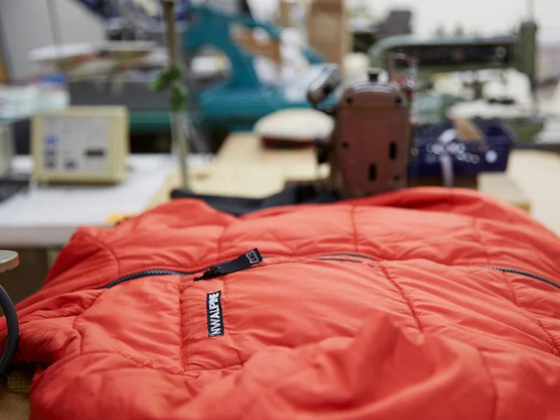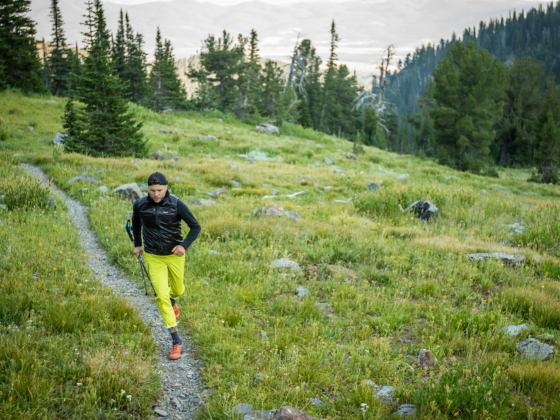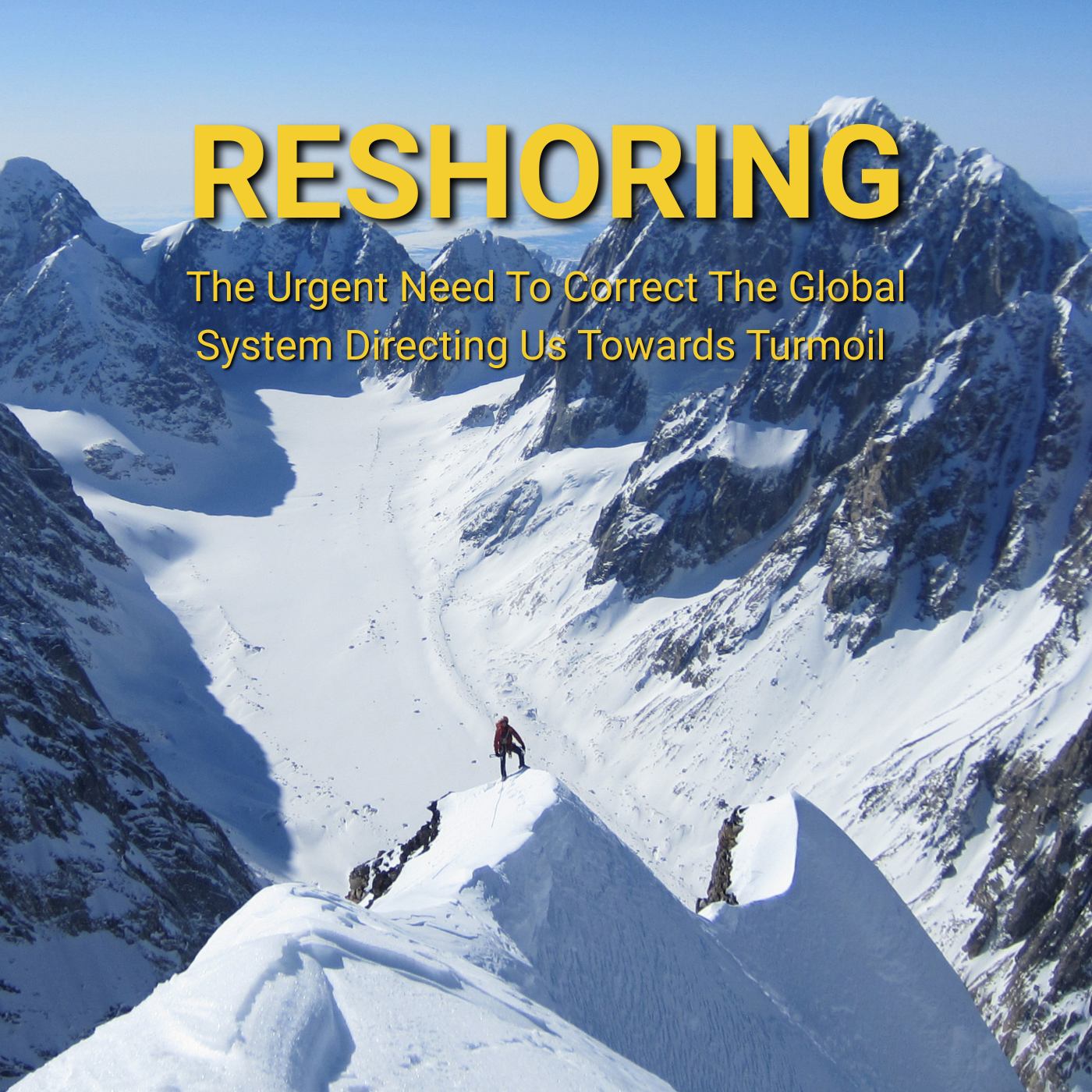
Manufacturing
What it Will Take to Actually Re-Shore Outdoor Apparel Manufacturing and Why it is Urgent
Our planet simply cannot sustain the level of production and consumption that the current system facilitates. You may have missed the recently released JP Morgan report acknowledging that we will ...

Community
Meet The Artist: Tami Knight - Climbing Legend
If you've been around NW Alpine for any time at all, you may know the name Tami Knight. Legendary climber, cartoonist, and obvious partner in crime to Phil Knight. Tami's cartoons and art go hand i...
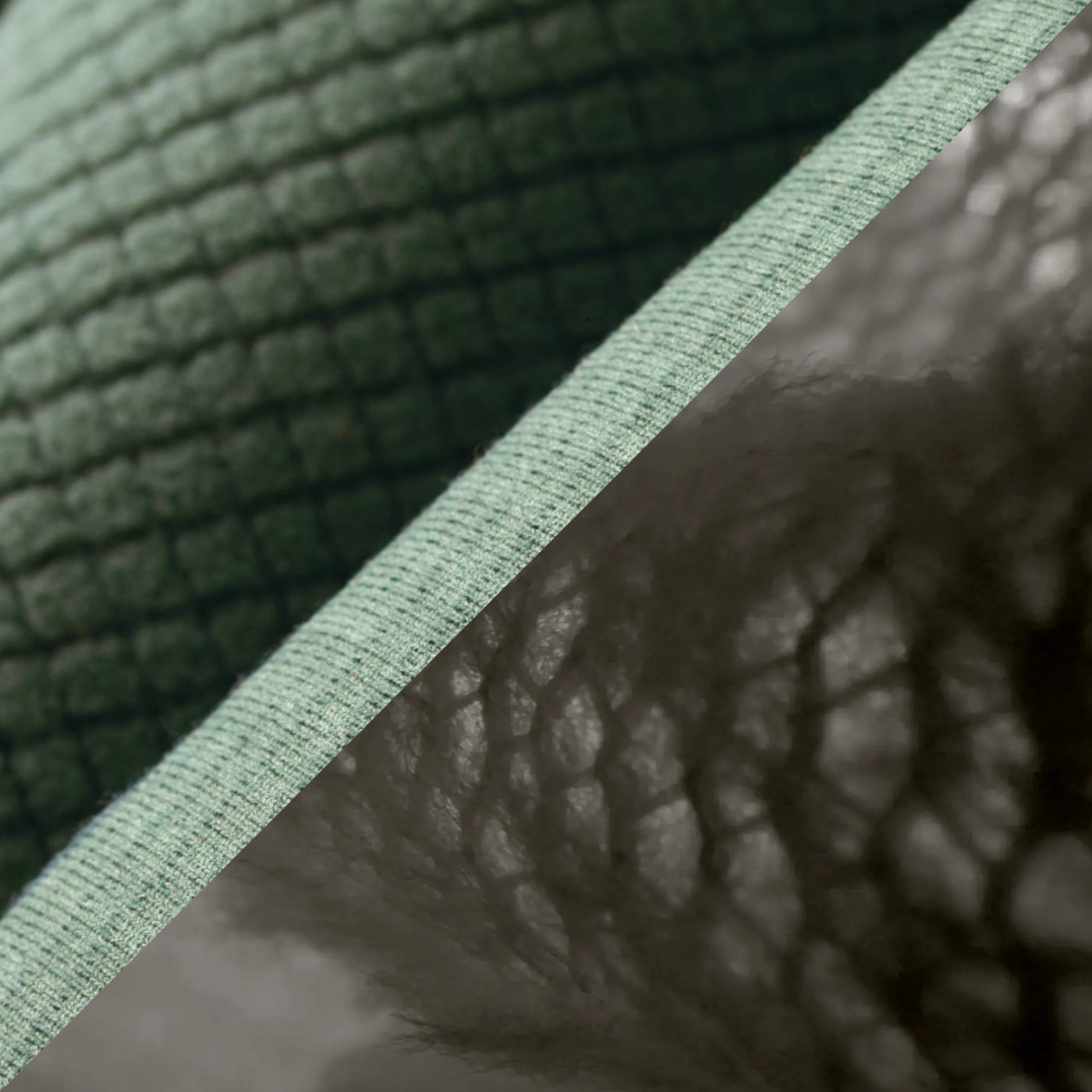
Gear
Powergrid Vs. Alpha.. What's The Big Difference?
It’s no secret—we love fleece. Polartec makes some of our favorite fabrics, but not all fleece is created equal. Two of the most popular options in Polartec’s technical fleeces are Power Grid and ...
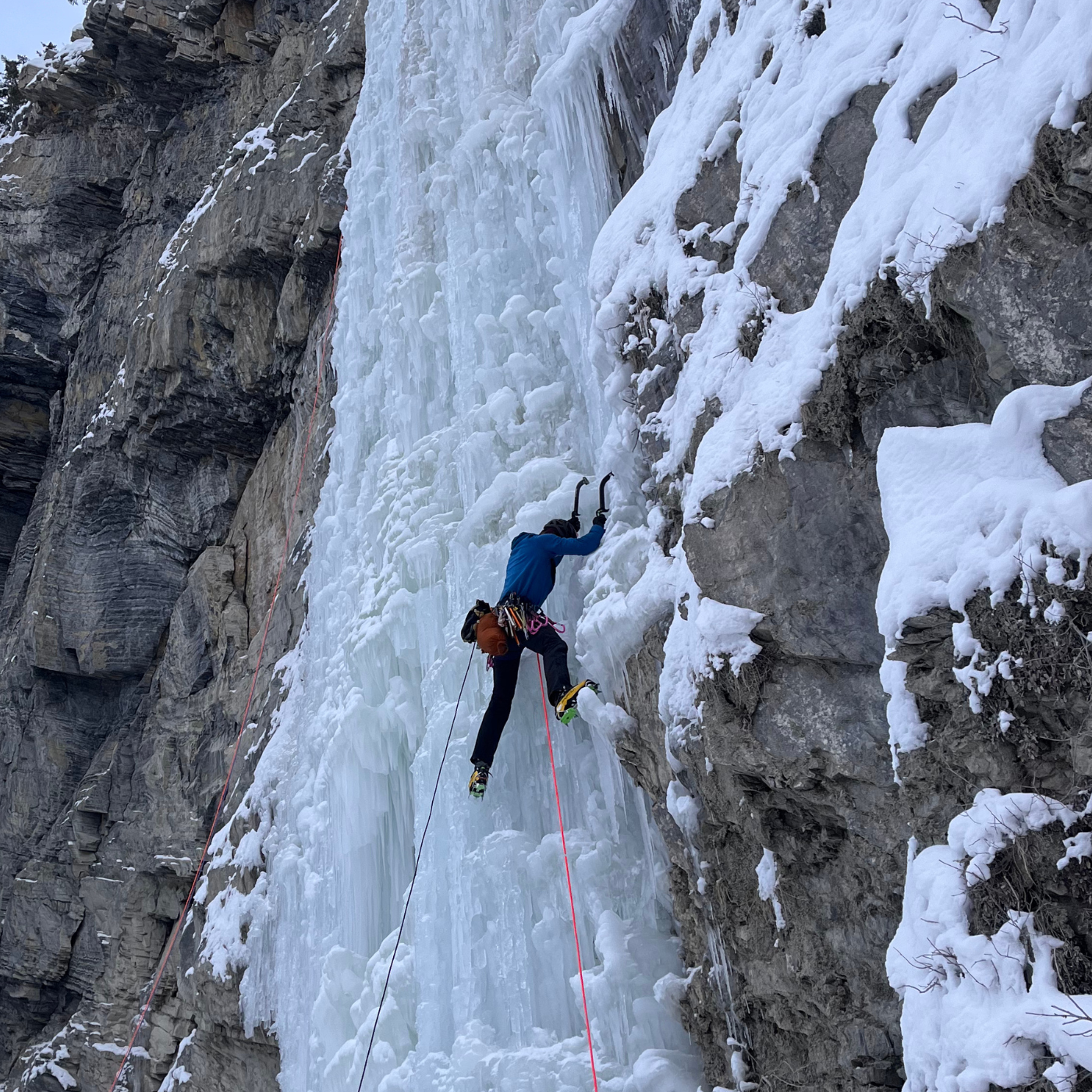
Community
Adam Keirle - Athlete Spotlight & Q+A
We sat down with Adam Keirle, NW Alpine athlete and young ice phenom to chat about his mission to crush Canada's toughest ice and mixed climbs.
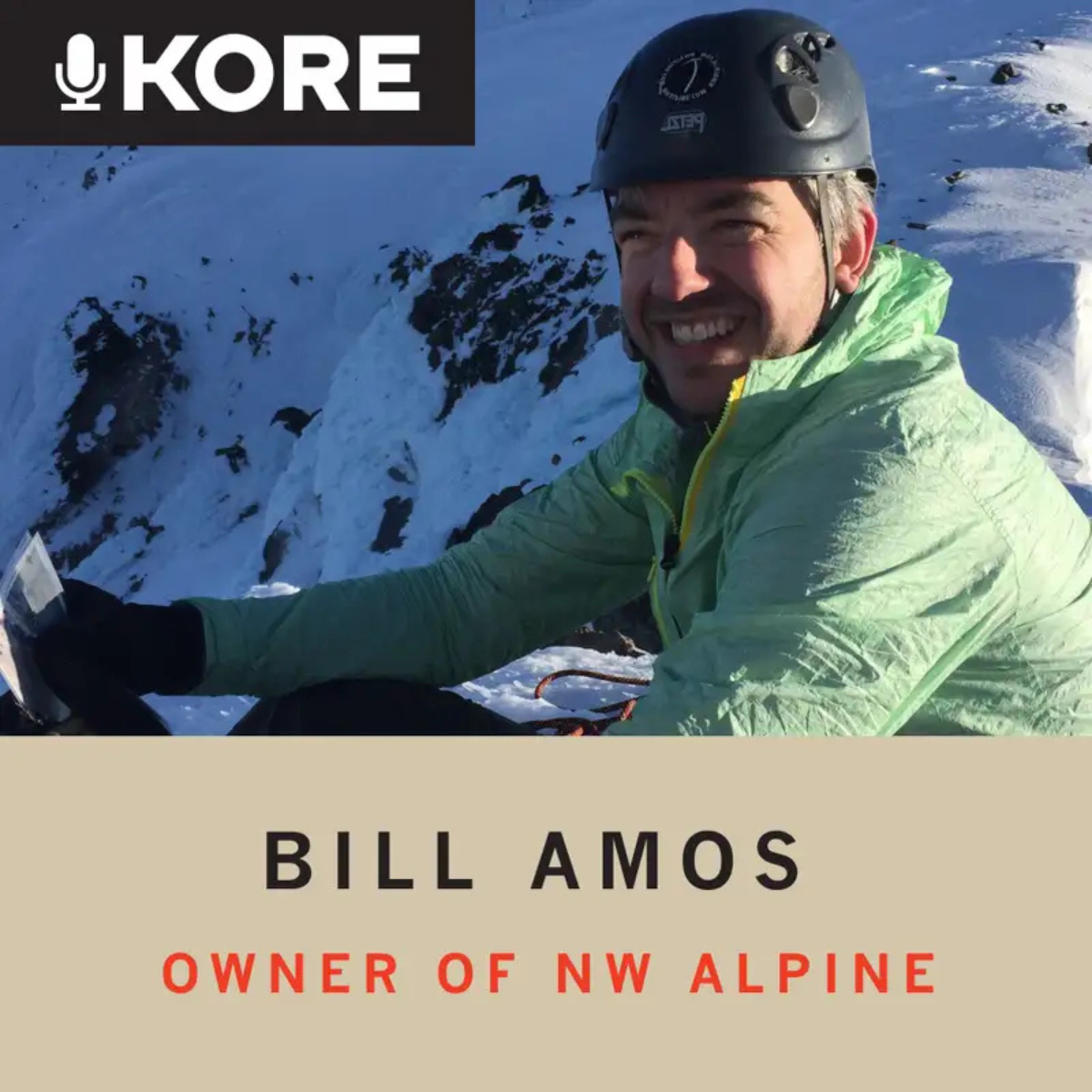
Bill Amos of NW Alpine: From Alpinist to Entrepreneur
Bill Amos, Founder of NW Alpine sits down with Christian Rawles of the Kore Outdoor Podcast to chat NWA's history, why Bill dove deep into textiles, U.S. manufacturing, & what's next for NW Alp...
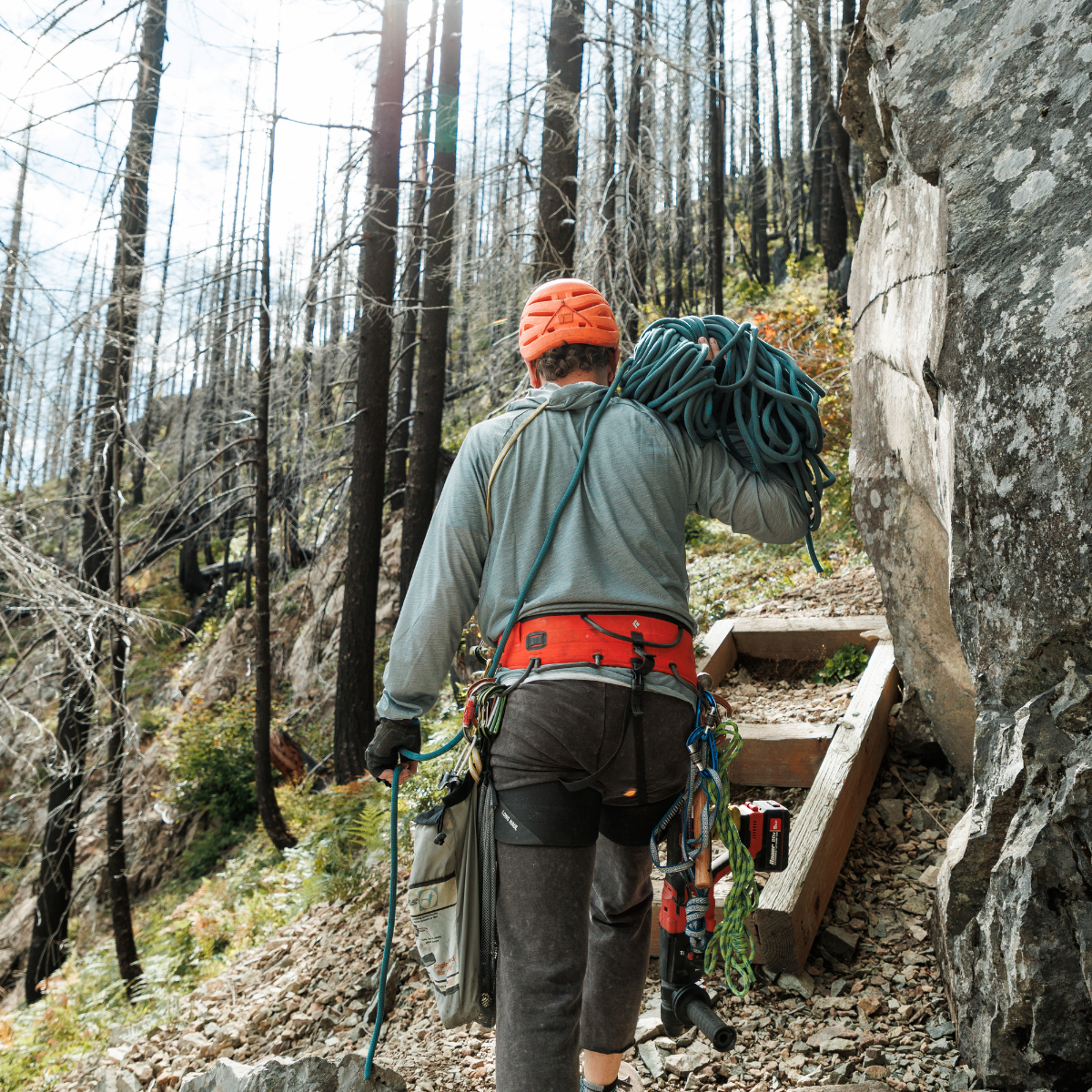
Manufacturing
Dispatch: Radical Change Needed
The goal of our current American economic system has become to extract as much money as possible from the lower and middle classes for the benefit of Wall Street and the ultra wealthy. There’s a ma...

Random
Bill's 2024 Made In USA Holiday Gift Guide
On the search for that hard to gift family member or friend? Don't worry, we've got you covered with our gift guide exclusively containing quality goods made responsibly in the USA. Whether it be f...
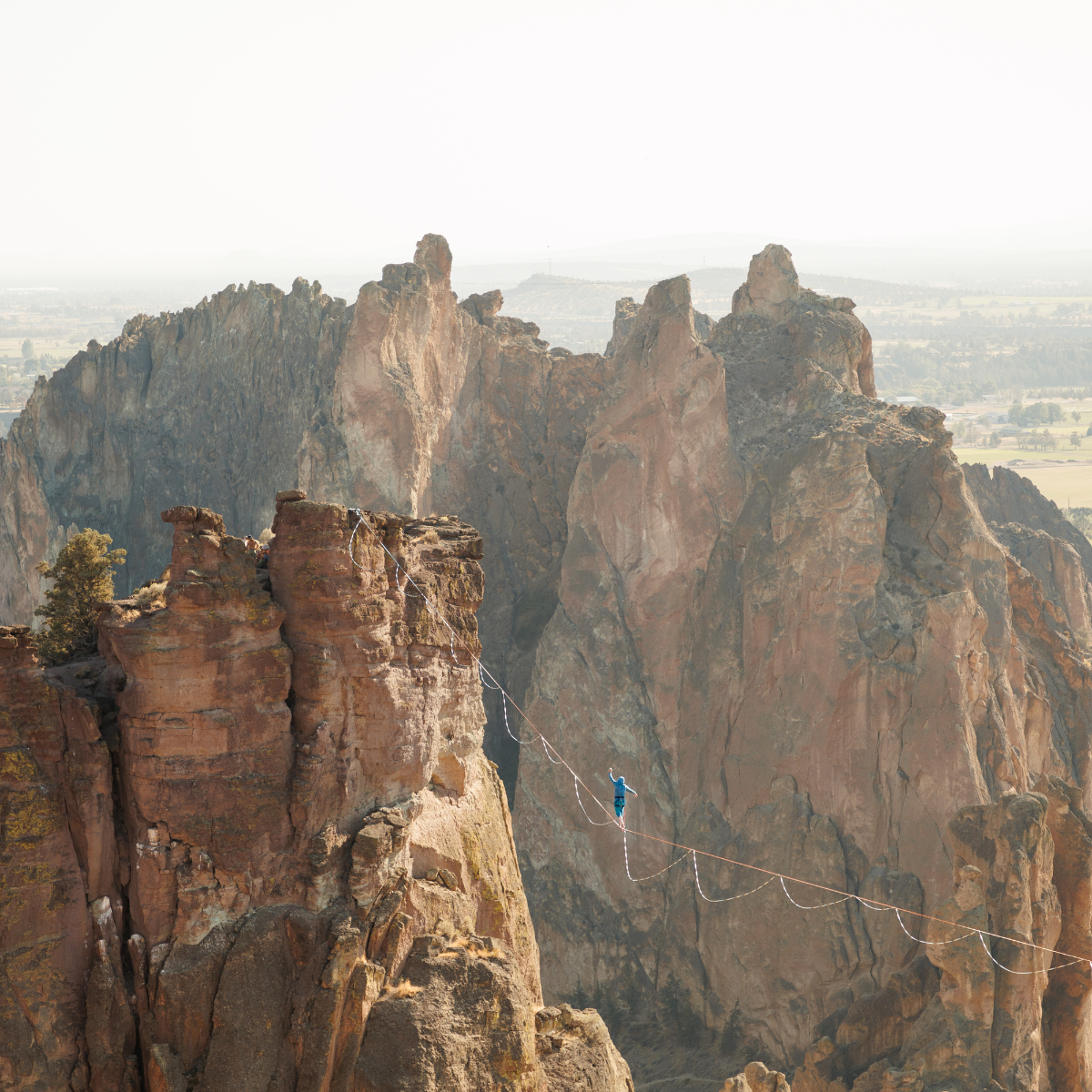
Community
Walk The Line: Smith Rock Highline Festival Photo Journal
Unsure what to expect, I hopped in the truck and drove to Smith Rock. I was told there would be a small group of highliners traveling across the globe for a rogue event taking over Central Oregon's...

Features
Ice Ice Beta Podcast: On Making Technical Apparel in the U.S. with Bill Amos
Bill sits down with Aaron Gerry of Ice Ice Beta to discuss our roots as NW Alpine, Bill's deep desire for hardship in the mountains, manufacturing apparel in the U.S. and the struggles that follow,...



